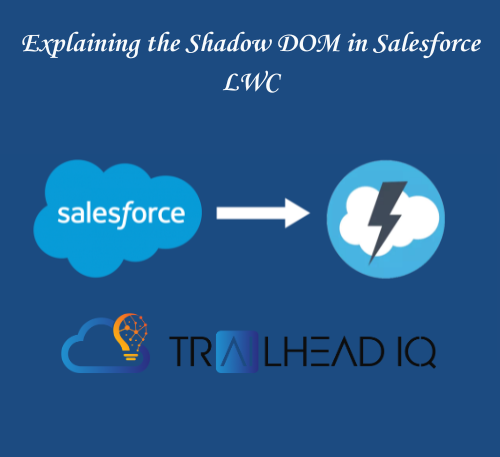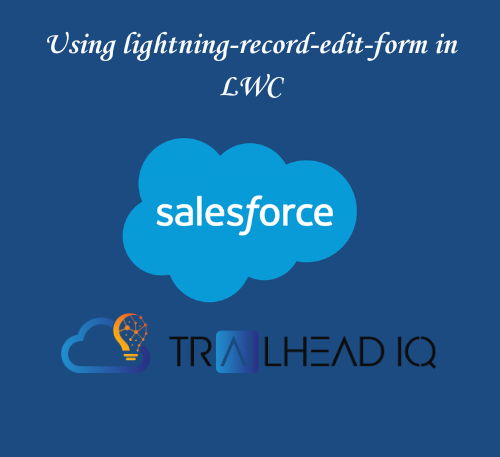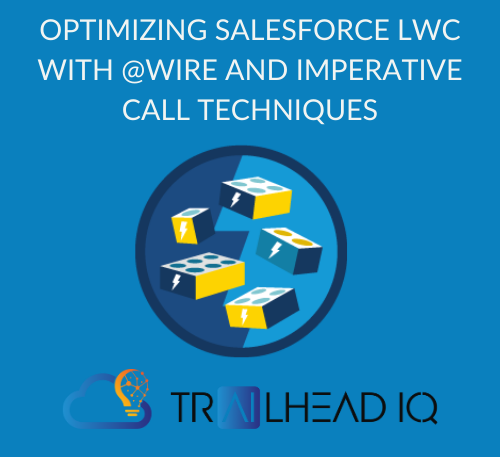Explaining the Shadow DOM in Salesforce LWC
Web development has undergone a significant transformation over the past few decades, evolving from simple static pages to complex, dynamic web applications. This evolution has necessitated the development of more sophisticated tools and standards to manage the growing complexity of web components and their interactions.












